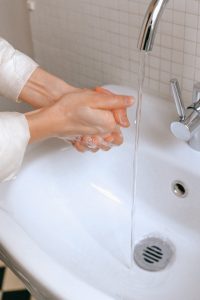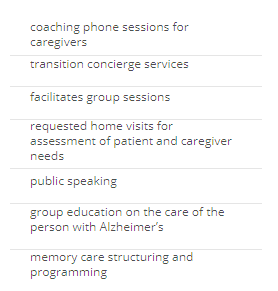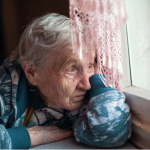How often have you taken measures to contain your family members in attempt to control a member from acquiring an infection? For many of us, the answer is seldom. For some of us, its disenfecting bathrooms after a member recovers from a stomach virus. The struggle is real at this current time. Additionally, those caregivers of a loved one at home with COVID 19 preying on the most vulnerable is the most challenging time of their caregiving journey. Trying to keep infections in general from entering your home is difficult, now you are faced with a virus that is described as a known preditor. Taking “shelter in place” to a new level may not be a bad idea. Consider the home firewall in protecting yourself, your family and your vulnerable members.
UNERSTANDING A FIREWALL
A firewall is not a new idea. It began with cybersecurity in the early 1990s as a set of simple rules that controlled outside access to internal company resources. Recently, Japan concentrated its efforts into building a firewall to stem the influx of COVID-19 cases from overseas. Information reported suggest that Japan’s strategy to block entry was created with a hole in the middle, as a denial of entry was only partial as to totally not disrupt the tourism industry. According to Johns Hopkins|Coronavirus Resource Center, as of March 29, 2020, Japan had 1,693 positive tests for COVID-19
BUILD YOUR FIREWALL
- Consider your home residence as your firewall. You and all members that live in the home are part of the firewall family. Example; You, spouse, mom, daughter, and son, OR you, mom, grandmother, spouse, son, and nephew. Whatever the dynamic of the family members that typically lives under one roof is your family’s firewall.
- Whenever a family member leaves the home, they create a break in the firewall upon return to the home.
- Be cognizant of your firewall at all times.
- Never invite a non-member into your home during the pandemic, they are also breaking the firewall. This includes other members of your family that do not live in the home.
- A break in the firewall exposes the members to a risk of the virus.
- If a member leaves the home for essential travel to the grocery store, etc. the procedures necessary to take are the following:
- Wear clothes that you can remove immediately upon arriving back at home.
- If you have disposable gloves, wear them when you leave the house.
- Take hand sanitizer with you
- When at your destination, park close to the entrance and watch for the traffic entering the store or establishment you are at.
- Wait until you see the least amount of people entering or leaving, preferably when you see no people, leave your car and enter the building.
- Ensure you are wearing your gloves.
- If using a shopping cart, use the sanitizer at store entrance if available to wipe the handle, it not your gloves should protect you. DO NOT TOUCH YOUR FACE.
- Know what you want from the store and head to the areas in which your products are located.
- Be aware of who is around you and take measures to stay 6 feet away from others as often as you can.
- Do not engage in unnecessary shopping. In and out is best.
- If available, use self-checkout.
- Leave the store with the least amount of people at the exit.
- Place the bags in your car.
- Remove your gloves and place in an outside trash container.
- Enter your car, and use hand sanitizer.
- Once arriving at home, take bags and place them on a paper towel, do not lay directly on a table or counter.
- Take your shoes off and leave at the door.
- Wash hands for 20 sec and use hand sanitizer.
- Remove the products from the bags and put them away. Once completed, throw the bags away.
- Change your clothes and wash your hands for another 20 seconds.
- Firewall is now back intact.

TIPS FOR THE VULNERABLE MEMBER OF YOUR HOME
- Keep the vulnerable away from anyone outside your home firewall
- Do take the vulnerable outside for fresh air if possible.
- One family member should be designated as the errand-runner. Keeping most members consistently within the firewall.
- The designated runner keeps minimal contact with the vulnerable member, if possible.
- All members wash hands for 20 seconds prior to direct contact with the vulnerable member and 20 seconds post-contact.
- Observe for signs of infection. Take the vulnerable members temperature at the beginning of the day and at the end of the day.
- If you have a pulse oximeter, perform a pulse ox at least one time per day. This is not necessary, if the member does not appear to be in any respiratory distress.
- If your vulnerable member appears to have a cold, use over the counter remedies.
- If you are worried about your vulnerable member, utilize telehealth to consult with a Physician. If not possible, call your Physician prior to taking the patient to the office. Exceptions would include high temperature and shortness of breath.
- Any family member that is not feeling well, should be isolated to a room in the house, without any contact with the patient and minimal contact with the other members.





